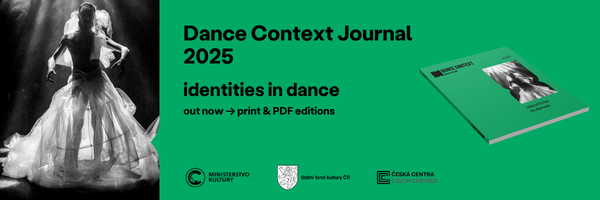All children should soon be exposed to creative dance in primary school, says Markéta Pucová, the guarantor of Dance and Movement Education
On the penultimate day of 2024, the Ministry of Education approved the revised Framework Curriculum for Primary Education. For the first time in the history of Czech education, dance is now a compulsory part of the primary school curriculum. Markéta Pucová, the guarantor of the creative group for the educational field of Dance and Movement Education in the revisions of the Framework Educational Programme, explains in an extensive interview what preceded and what is expected from this novelty.
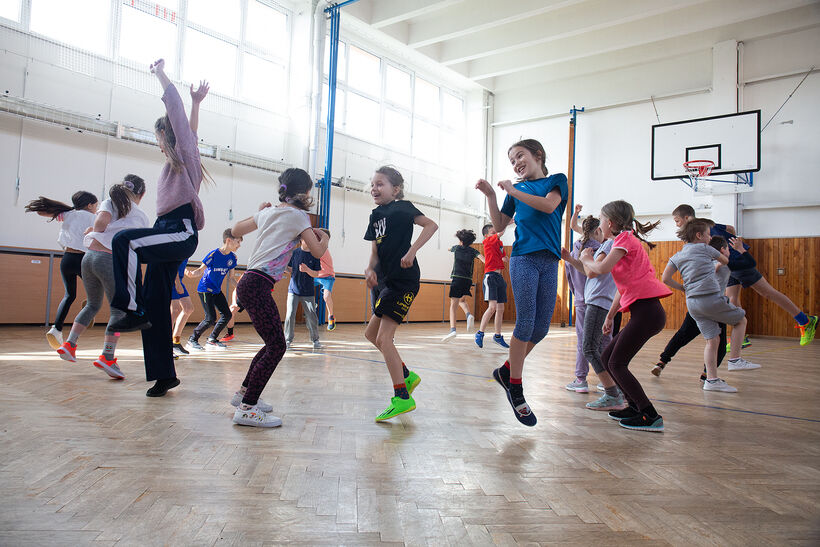
Tanec školám. Photo: Adéla Vosičková.
How long has dance been practiced in Czech primary schools and in what form?
The first initiatives date back to 2006, when the two main and longest running projects were created, namely Dance for Schools, implemented under the banner of Tanec Praha (PONEC Theatre), and the Škola tančí project, created by the SE.S.TA Choreographic Development Centre. In 2010, the Ministry of Education accredited dance and movement education as a supplementary educational field for primary education, which was mainly thanks to Eva Blažíčková, Markéta Pastorová, Ivanka Kubicová, Bohumíra Cveklová, Jiří Lössl and Romana Lisnerová. At that time, a methodological material for teaching was also created, based on the Duncan methodology, which was developed by a team headed by Mrs. Eva Blažíčková, the founder of the Duncan centre conservatory. The first teachers who started to teach at schools in Prague and the Central Bohemian Region, either on a project basis or on a continuous basis, were mostly graduates of the Duncan Centre Conservatory. The original methodology was based on assumptions about how dance could be taught in schools, as it was developed before teaching began to be implemented on a larger scale. Practice then verified which methods work, what is most important to focus on and what approach is needed in schools. This is really a different kind of work with children than the leisure art activity as we know it, for example, from the dance branches of the ZUŠ (elementary art schools).
Nowadays, most of the dance and creative movement teaching in mainstream primary schools takes place within various projects and is organised by external organisations. Recently, funding from the National Recovery Plan has enabled the creation of various new methodological materials, which capitalize on several years of experience of teachers and dance artists in this field. In November 2024, the Dance and School 2024 conference was held, which was born out of the need to bring together, in the context of the revisions of the Framework Educational Programme, the various important actors who implement programmes in schools, so that they could exchange experiences and share their practices, knowledge and methodologies. And to discuss together the challenges and opportunities that the changes in the curriculum bring to the dance field.
Can you explain what the revisions to the Framework Curriculum are all about?
The revisions to the Framework Education Programme or FEP are about innovating the concept of curriculum as the world, pedagogical methods and educational objectives evolve. The curriculum framework is a strategic document that sets out a binding basic framework for education for a period of five, ten or even fifteen years. Now, the two-year period has been completed to revise the Framework Curriculum for Early Childhood and Primary Education, which was approved by the Ministry of Education on 30 December 2024. It will be tested in pilot schools that volunteer to do so as early as September 2025. It should then be in place in all schools in Years 1 and 6 from September 2027, and then gradually in all grades. All primary school years would be taught according to it in 2031, so there is relatively plenty of time to prepare for the changes.
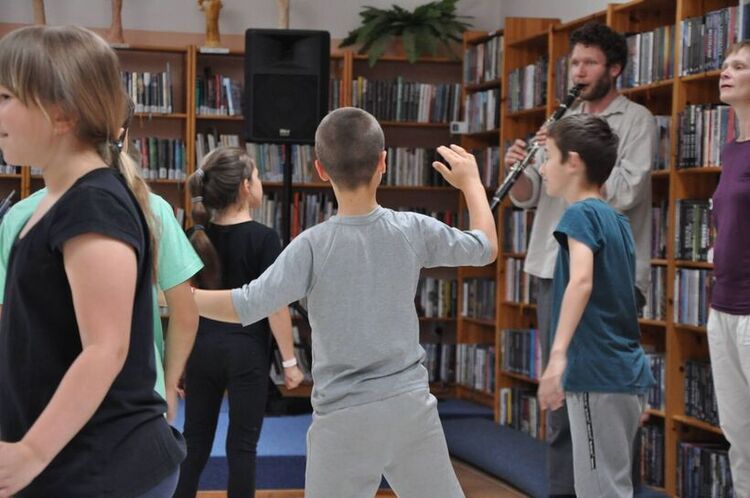
Can you clarify what the situation has been for the last fifteen years in terms of the possibilities of including dance in primary school education?
Until now, Dance and Movement Education has been a complementary subject, which means optional for schools. Schools had and have the possibility to include Dance and Movement Education in the timetable or even in their school curriculum, but realistically it happens in a very small number of schools because it is simply not compulsory.
If the schools chose dance, did that mean extra hours in the schedule?
The Framework Curriculum only sets the overall minimum and maximum number of lessons for children. A certain number of hours are devoted to the so-called compulsory core and then there are available hours that the school can use as it wishes to focus more on with the children. These hours allow schools to be profiled, for example, for languages, mathematics or even arts education. Up to now, the compulsory foundation included only Music and Art Education and the additional, optional subjects included Dance and Movement Education, Drama Education and Film and Audiovisual Education. Project teaching, which is provided by external tutors, often takes place in schools within Physical Education classes, because of the possibility of using the gym, or within Music Education classes - in the first cycle the class teacher has a freer hand in linking the curriculum between subjects. In any case, dance has so far usually taken place within the available lessons.
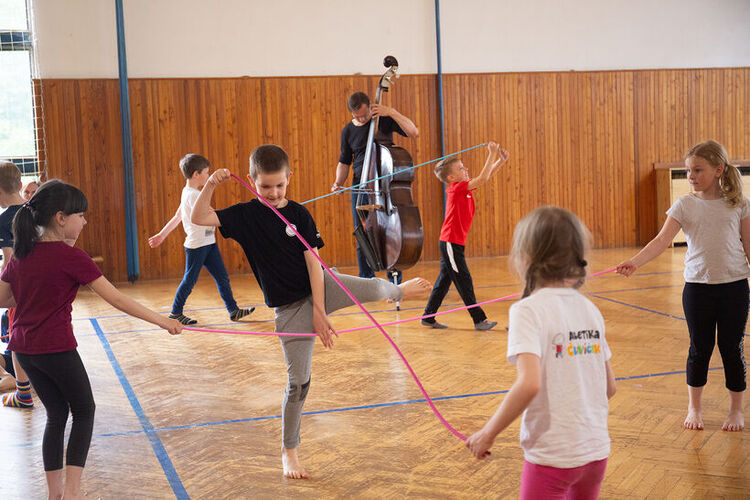
Does that change with the approval of the new RVP?
Yes, selected contents of the educational field of Dance and Movement Education are moving from the optional area to the compulsory basis for all children. With the revisions, there has been a reduction, updating and innovation of the content that children should be familiar with in school. In any case, it is a really big change.
So what does the revised Framework Curriculum look like as far as dance is concerned?
In our creative group, we tried to underpin what we consider to be the most important things that children should definitely encounter and get to know in school. The FEP does not specify a specific curriculum, it is not a syllabus, but a framework that names the aims of education and has a competence, not knowledge, concept. It is written so that children can get to the learning outcomes through different routes. Not only in arts education is the free scope for teacher creativity one of the important principles, but in the arts this is especially true. I believe that a teacher or dance artist who has a path that they believe in and can get children excited about will be the best guide for them.
The focus of this field is on creative activities, hands-on activities, but it is also about learning about the art of dance, which means seeing a live dance or movement performance. We are not going to learn about a concert, for example, without ever going to one. School should not be divorced from reality.
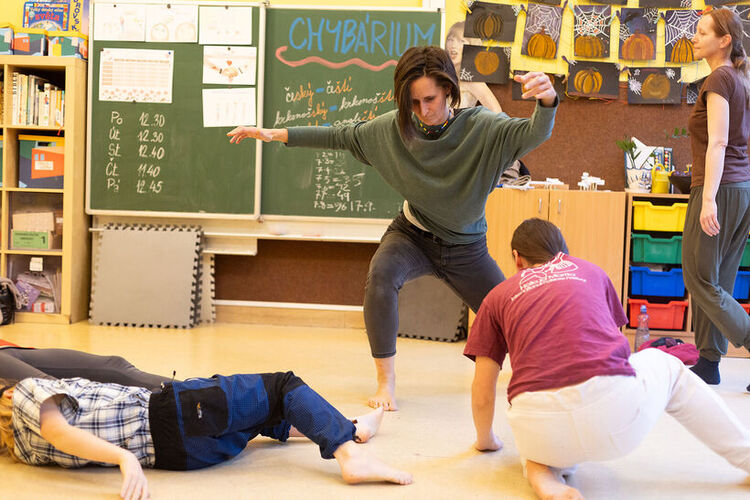
What will the revised FEP bring to children?
All children will be exposed to creative dance and movement in schools in the near future, which is great news especially for the children themselves. One of the key life skills that expressive arts develop is creativity. And many other skills are tied to creativity, such as emotional and social intelligence, critical and creative thinking, sensitivity, receptivity, and the ability to fully experience the present moment. And these skills and abilities are of great value to children today. In addition, dance specifically brings children in touch with their physical nature, teaching them to feel their body, listen to its signals and treat it with respect. Children need movement for their healthy development, not only for physical fitness and fitness, but they need harmonious movement for the development of their whole personality. Dance has been shown to help improve school performance, develop the ability to concentrate, and in a team to cooperate, empathise and listen. In this day and age, when various diagnoses such as ADHD and others are on the rise, creative movement can also work as therapy - children release energy in dance and movement, connecting with themselves and others.
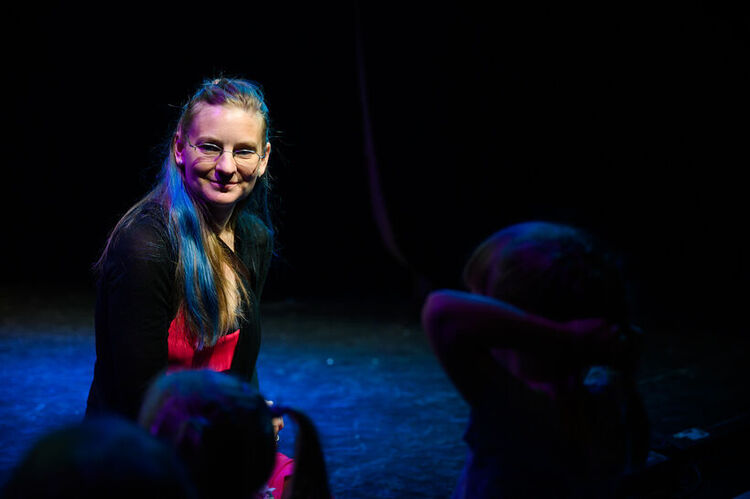
Markéta Pucová
Markéta Pucová is a dance teacher, performer and choreographer. She studied dance art at the Academy of Performing Arts in Bratislava. She is interested in contemporary dance art, instant composition (improvisation), stage dance and creative dance. Currently she is a guarantor of the field of Dance and Movement Education in the process of revision of the RVP ZV, which is managed by the National Pedagogical Institute on behalf of the Ministry of Education of the Czech Republic, and she is a member of the board of the Association of Dance and Movement Education, z.s. As a dance educator she has long been involved in educational projects for dance educators (Laban Atelier Bratislava, cooperation with NIPOS-ARTAMA) and leads dance and movement courses for adults and children, from toddlers with parents to dance professionals. She is involved in the creation of dance performances, site specific and artistic community projects. She is the co-author of the methodological publication Creative Dance for Children and Youth (Poláková, Pucová, 2016) and the publication Dance and Movement Education for Younger Pupils in Primary Education (Lössl, Pucová, Rellichová, NIPOS 2024).


